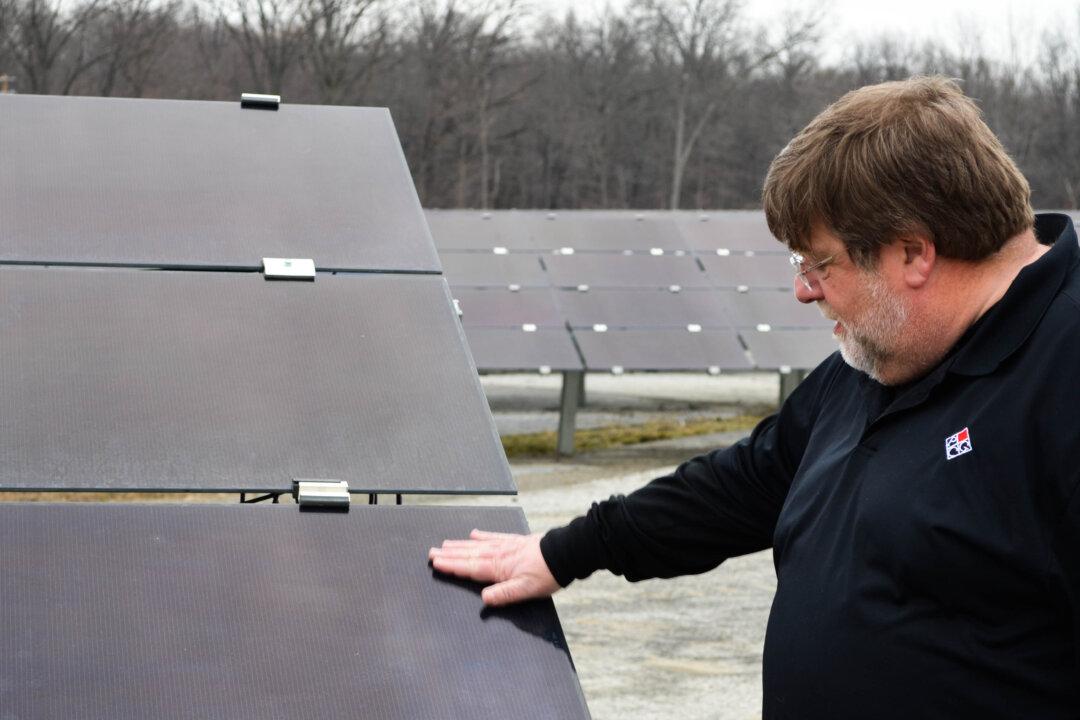WALLKILL—President Container Group partnered with the state, the county, the town of Wallkill, and a well-known company to install a solar array that powers its entire production center. In doing so, the company and the town led the way in establishing a large solar array, something being considered by other towns in Orange County.
Vice President of Operations Richard Goldberg said the producer of corrugated boxes worked with all levels of government and GE to build a 10-acre solar array in less than a year that satisfies all stakeholders.
The manufacturing facility in Wallkill planned to go 24/7, which would substantially increase its energy costs. “The savings presented by which we can generate two megawatts of energy is an annual savings of about 25 percent of our electric bill,” Goldberg said. The savings justified hiring more people for its expanded operations.





